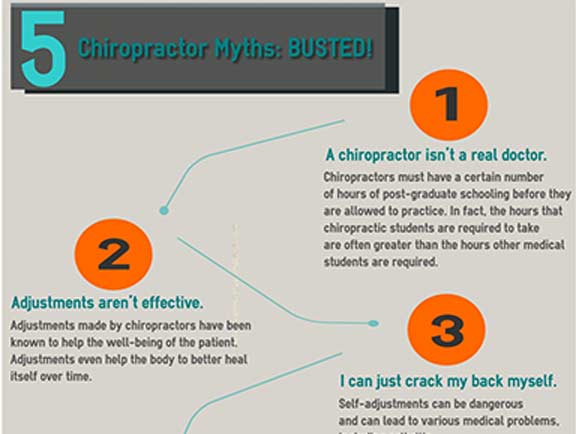Be Prepared To Decipher The Fascinating Cellular Communications Involved In Cold Laser Therapy And Its Use Of Light For The Purpose Of Recovery. Immerse On Your Own Additionally Right Into The World Of Scientific Research!
Be Prepared To Decipher The Fascinating Cellular Communications Involved In Cold Laser Therapy And Its Use Of Light For The Purpose Of Recovery. Immerse On Your Own Additionally Right Into The World Of Scientific Research!
Blog Article
https://www.medicalnewstoday.com/articles/170796 -Benson Peters
You may have come across cold laser therapy as an appealing therapy alternative for different conditions, but have you ever before wondered exactly how it actually deals with a mobile level? Comprehending the devices behind this therapy can shed light on its performance in promoting recovery and decreasing swelling. By exploring the scientific research behind cold laser therapy, you'll obtain insights into the interesting ways in which light can influence cellular procedures and promote tissue repair.
How Cold Laser Therapy Functions
To recognize exactly how cold laser therapy functions, you require to realize the fundamental principles of exactly how light power connects with biological tissues. Cold laser therapy, additionally referred to as low-level laser treatment (LLLT), uses certain wavelengths of light to pass through the skin and target hidden cells. Unlike the intense lasers made use of in surgical procedures, cold lasers emit reduced levels of light that do not produce heat or trigger damages to the cells.
When these gentle light waves get to the cells, they're absorbed by elements called chromophores, such as cytochrome c oxidase in mitochondria. This absorption causes a collection of biological reactions, including enhanced cellular energy production and the launch of nitric oxide, which improves blood flow and lowers swelling.
Additionally, the light power can also stimulate the production of adenosine triphosphate (ATP), the energy money of cells, helping in cellular repair work and regrowth procedures.
Basically, cold laser therapy harnesses the power of light power to promote recovery and alleviate pain in a non-invasive and gentle fashion.
Systems of Activity
How does cold laser treatment actually work to create its restorative effects on organic tissues?
Cold laser therapy, additionally referred to as low-level laser treatment (LLLT), operates with a procedure known as photobiomodulation. When the cold laser is applied to the skin, the light power penetrates the cells and is soaked up by chromophores within the cells.
https://chiropractoropentoday62840.ourcodeblog.com/27986360/use-the-cutting-edge-power-of-light-via-cold-laser-therapy-to-imagine-the-future-of-discomfort-alleviation-and-recovery , such as cytochrome c oxidase in the mitochondria, are after that stimulated by the light power, bring about a waterfall of organic reactions. One crucial mechanism of activity is the improvement of mobile metabolic rate.
The absorbed light power boosts ATP manufacturing in the mitochondria, which is critical for mobile function and repair. Additionally, cold laser therapy aids to minimize swelling by hindering inflammatory conciliators and advertising the launch of anti-inflammatory cytokines.
This anti-inflammatory result adds to discomfort alleviation and cells healing.
Healing Effects
Comprehending the restorative results of cold laser therapy involves acknowledging just how the boosted mobile metabolic rate and anti-inflammatory buildings add to its positive results on biological cells.
When the cold laser is applied to the damaged area, it stimulates the mitochondria within the cells, causing enhanced production of adenosine triphosphate (ATP), which is essential for cellular feature and repair service. This increase in mobile power increases the healing process by promoting tissue regrowth and minimizing swelling.
In addition, the anti-inflammatory residential or commercial properties of cold laser therapy help to lower discomfort and swelling in the targeted area. By preventing inflammatory conciliators and advertising the launch of anti-inflammatory cytokines, cold laser therapy aids in alleviating pain and improving the total recovery reaction.
This reduction in swelling not just offers instant relief but additionally supports long-term tissue repair.
Verdict
Finally, cold laser treatment works by boosting mobile repair work and cells regeneration via photobiomodulation. Its anti-inflammatory residential properties supply pain alleviation and minimize swelling by preventing inflammatory moderators.
This treatment supplies a thorough technique to healing, supplying both prompt relief and long-lasting tissue repair benefits.
Through its mechanisms of action, cold laser therapy verifies to be a reliable and promising treatment option for a range of conditions.
